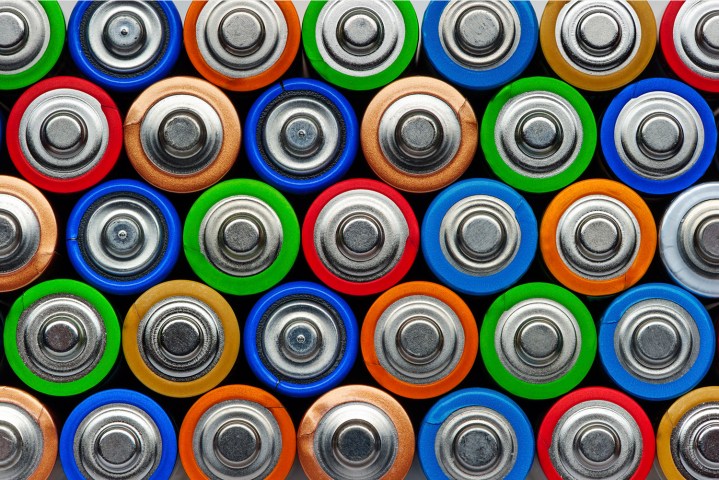
In a paper published in the journal Science Advances, authors describe a polymer shell within the battery that contains triphenyl phosphate (TPP). The flame-retardant compounds sit shielded from the the battery’s electrolytes — the chemical medium that facilitates the flow of electrons between the battery’s negative and positive poles — unless and until the battery reaches a certain temperature threshold.
Once heat begins to build up, the polymer gets to work. The shell melts and releases the retardant directly into the electrolyte, neutralizing the compounds before a fire can occur. It’s over in the blink of an eye: Tests showed the flames in the electrolyte were completely extinguished within 0.4 seconds.
“Although the energy densities of batteries continue to increase, safety problems remain a big issue, significantly hindering their further practical applications,” the researchers wrote. “In the case of internal or external short circuits, undesirable exothermic reactions may lead to a rapid rise in internal temperature and to thermal runaway. The flammable liquid electrolytes would be ignited, eventually leading to fire and battery explosion.”
The scientists point out that unlike other solutions, the shell doesn’t hinder battery performance because it prevents the retardants from mixing with the battery’s electrolyte. And they note that the polymer’s specific melting point — around 320 degrees — helps to release the retardant earlier in the combustion process than other materials.
The research has wide-ranging implications for smartphones. A majority use lithium-ion cells, and the sort found in smartphones are packed extremely tight. As a result, the flammable separator between the battery’s anode and cathode — the two elements between which current flows — is incredibly thin and therefore prone to damage. Once the separator is pierced, catastrophe results, typically in the form of a short circuit. An excessive amount of heat boils the battery’s electrolyte, ruptures its cell casing, and causes an explosion or fire.
Worse, lithium-ion battery fires are difficult to contain. Most electrolytes burn quickly when hit by a fresh supply of air, and when the fire reaches a certain thermal threshold, the materials in the cathode begin to supply oxygen, too.
Samsung’s Galaxy Note 7 is the highest-profile battery incident in recent years, but it’s not the only one. In 2006, Dell and HP were forced to recall millions of laptop batteries after reports emerged of overheating. More recently in 2014, car manufacturer Tesla redesigned its cars to better protect the batteries housed within them.
Smartphone makers have increasingly implemented their own heat reduction mechanisms to in an effort to prevent battery fires — and restore consumer confidence. LG, for example, recently detailed the LG G5’s internal cooling, which uses coppery heat pipes that spread heat around and keep the battery cool at temperatures as high as 150 degrees.


